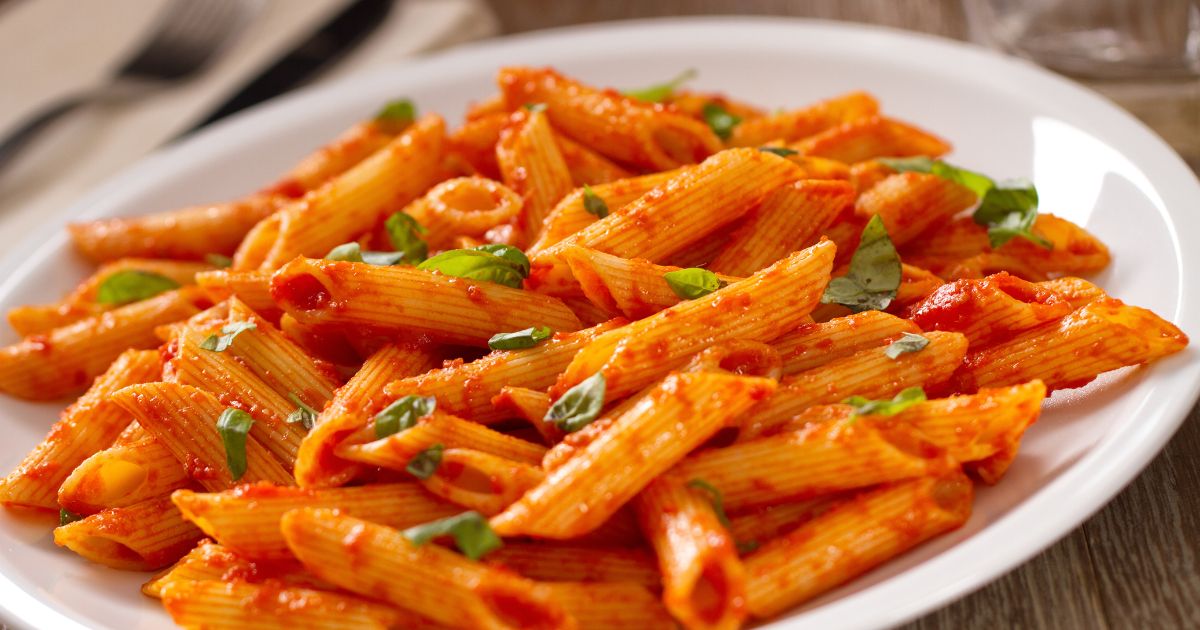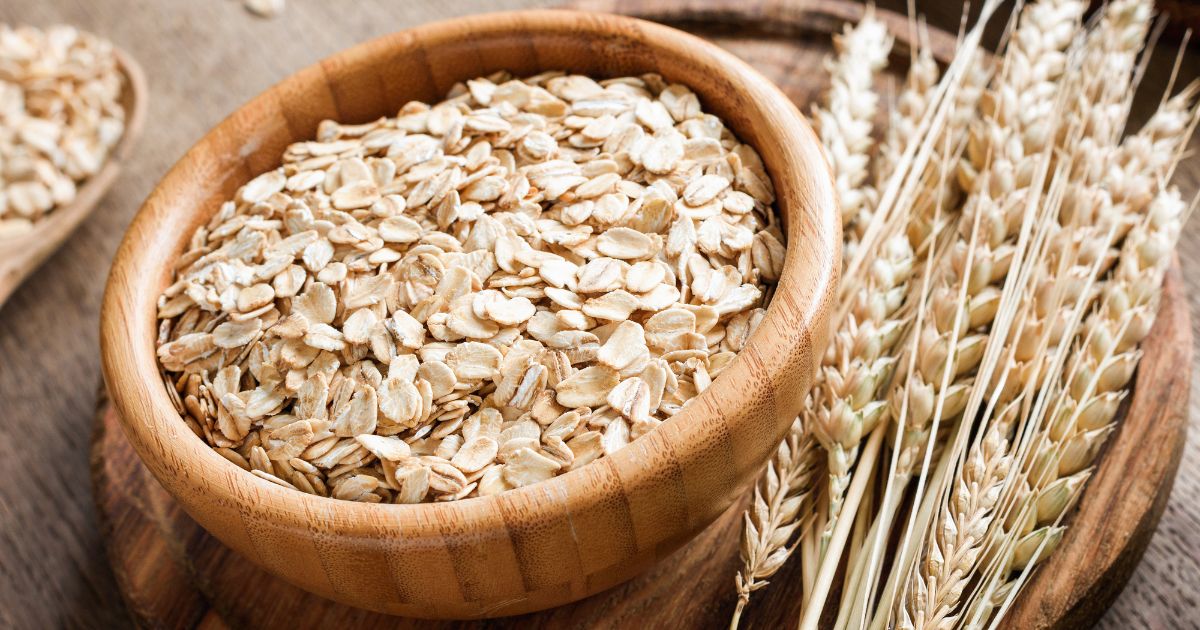EDCs or Endocrine-Disrupting Chemicals are exogenous chemicals that interfere with hormone action, thereby increasing the risk of adverse health outcomes, including cancer, reproductive impairment, cognitive deficits, and obesity. In this article, we’ll have a look at how we can avoid Endocrine Disruptors in food for your healthy well-being.
Many types of foods may contain EDC. This may be due to production methods, such as when farmers use chemical pesticides on apples. Alternatively, it could be due to environmental conditions, such as when fish ingest pollutants at sea.
It will be difficult to avoid all sources of harmful chemicals in food. However, it is advisable to consider how much to eat:
• Meat (especially fatty meat) and certain types of fish
• Cheese and other dairy products
• processed food
• Fruits and vegetables, grown with chemical pesticides.
Eat under the food chain
Through a process known as in vivo accumulation, harmful chemicals can accumulate in animal fat cells and move in the food chain. The higher the food chain, the higher the concentration of chemicals that can be exposed by eating adipose tissue. Eating more in the food chain can reduce exposure to harmful chemicals.
Choose seafood that contains less toxic chemicals
Fish, especially oily fish, can help develop the brain. However, fish oil can also contain high levels of harmful chemicals that have accumulated and accumulated in fish tissues (accumulated in vivo). Larger fish at the top of the food chain eat smaller fish. Therefore, it is more likely to contain harmful chemicals. Therefore, you can reduce your exposure by choosing fish further down the food chain, such as sardines and anchovy.
Pregnant and lactating women and toddlers are advised to limit their intake of certain fish species. They tend to be long-lived and have high levels in the food chain, including sharks, swordfish, pike, tuna, hake, tiles and mackerel. For example, if you buy tuna, light tuna and caught fish will probably have lower mercury content.
Because some oceans are more polluted than others, the origin of fish can also affect the amount of harmful chemicals contained in fish. For example, Atlantic fish have lower levels of residual chemicals than Baltic, Mediterranean, and North Sea fish.
Avoid dairy products and meat
When eating meat, you can reduce exposure by choosing thinner meats or cutting off excess fat, as harmful chemicals accumulate in fat cells.
EDC can also occur in dairy products such as milk and cheese. This is because some of these chemicals accumulate in animal milk. By reducing these products, you can reduce your exposure to harmful chemicals.
Get rid of fast foods
Fast food has been found to contain high levels of harmful chemicals such as phthalates. According to a US study, the more people eat food, the more phthalates they contain in their bodies.
Fast-food packaging is also a source of exposure to harmful chemicals.
Processed foods may contain more harmful chemicals than fresh foods due to the addition of chemical additives during the manufacturing process.
Therefore, eating fresh homemade foods can reduce exposure to harmful chemicals.
Go with organic fruits and vegetables
Washing fruits and vegetables with clean water will remove any residue on the surface of the product. Exfoliating avoids the chemicals found in the skins of fruits and vegetables. However, cleaning and peeling alone are not always sufficient, as some pesticides are incorporated throughout the plant, including the parts we eat.
The best way to reduce exposure to pesticides is to switch to organic foods. When fruits, vegetables and grains are listed as organic, it means that the farmers did not use chemical pesticides, whether herbicides, insects or fungi.
Refrain yourself from having packaged food
- Buy Fresh and Loose- Choose fresh ingredients such as loose fruits and vegetables. Foods such as bread, legumes, pasta, rice, beans and nuts can also be purchased at bulk stores where you can put them in your own containers. Glass and stainless steel are good choices.
- Choosing Stainless Steel Bottles- According to a survey by the Norwegian Consumer Council, many reusable plastic bottles filter out harmful chemicals such as phthalates and bisphenol A (BPA). Reduce the risk of exposure by choosing reusable stainless steel bottles.
- Store food in glass bottles- Store food in glass jugs to reduce exposure, as harmful chemicals in plastic containers and containers can penetrate food and drinks. Cereals, pasta, rice, dried fruits and nuts can be easily stored in jars.
- Reduce Collection- There are concerns about the chemicals used in takeaway
packaging. For example, PFAS is often found on sandwich paper and potato chips. Reducing the amount of pickups you purchase is optional. At some outlets and supermarkets you can fill your own container.
Also, while cooking food, it’s important to avoid Endocrine-disruptors. Many foods are sold with instructions for preparing the contents of the package. A microwave oven is one example. However, cooking in a bag may not be the safest option. This is because the plastic container may contain harmful chemicals such as bisphenol A (BPA). These chemicals can be washed away by food and beverages.
Avoid non-stick pans as they contain harmful PFAS. If the utensil overheats or breaks, harmful chemicals from the layers can penetrate the food. You can opt for EDC-free household products from Purely Family to ensure proper health care.




